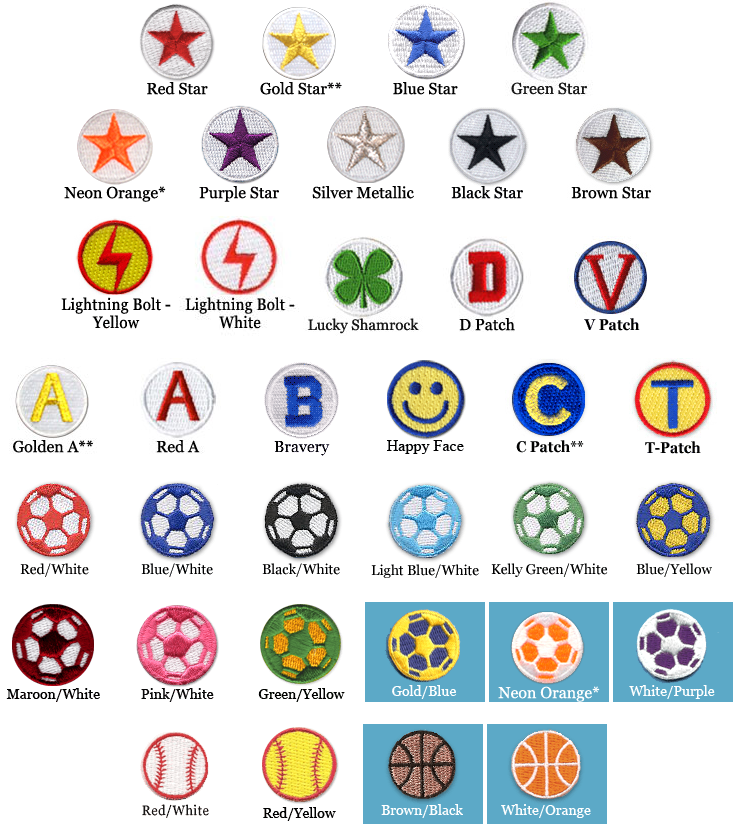Most youth leagues play with less than 11 players per side until U-12 or U-14. This is called playing "Small Sided". At U-6, there may be as few as 3 per side; at U-8 4 or 5 per side; at U-10 6 to 8 per side, etc. At young ages it is much better to play small sided; the players get many more "touches" on the ball & it is much easier to teach them the important concepts such as "support", "First Defender", to "shift & sag", and to spread out & get open for passes. In small sided games with 5 or less players per side, you shouldn't worry about "formations" or "positions" but should teach basic concepts, teamwork, passing, dribbling & basic tactics such as "shifting & sagging" & to mark up behind a man when the other team has a throw-in or is near our goal. To quote Bobby Howe, Director of Coaching Education for the U.S. Soccer Federation & author with Tony Waiters of 2 excellent books (see "Recommended References" in Chapter 3 for the titles):
Fewer players on the field
Reduces the size of the "swarm;"
Creates more touches;
Does not allow players to "hide" or be excluded from the activity;
Presents realistic but simple soccer challenges;
Requires players to make simple but realistic soccer decisions.
Realistic Experience + Fun = Improvement In Play.
Some coaches incorporate small sided play (e.g., 4 vs 4) into practices. However, this can be difficult to administer and is not a substitute for practicing specific skills.
(See "Number of Players", "Formations", "The Game Is The Best Teacher", "Small Sided Games & Formations" which is No. 11 in the Section of Chapter 3 titled Basic Information & Tips for Beginning Coaches and the Comments at "Small Sided Scrimmage Without A Goalkeeper" in the Practice GamesTM).
See prices for our iron on Motivational Soccer Patches
